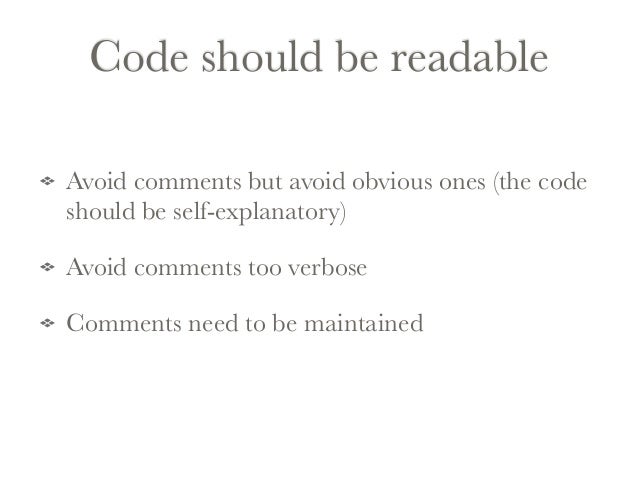
Structure And Interpretation Of Computer Programs Review
Find helpful customer reviews and review ratings for Structure and Interpretation of Computer Programs (PUL) at Amazon.com. Read honest and unbiased product reviews from our users. Structure and Interpretation of Computer Programs You must be enrolled in the course to see course content. Guia completa de la norma iso 9000 programs. Sign in or register and then enroll in this course.
Last week I had the opportunity to attend a course by David Beazley on SICP (The Structure and Interpretation of Computer Programs).SICP is a book that was first published in 1985 and has grown to have a bit of a reputation in various circlesof software engineering. The book itself explores many areas of computer science with a languagecalled Scheme (a lisp). For the course we made use of Racket and Python to explore those same concepts workingthrough the book with an eye to it's impact on modern language and design.
A quick note. This course was unlike any other I have been in so far. David is really good at giving learnersthe time and space to think as he lays out really dense material and like a tour guide provides interesting insightsabout the landscape. Another great part of the class was the size and how Dave gives people time to engage each other. Each morning we shared ideas, experiences and other stories over breakfast before throwing ourselves intothe material breaking for lunch to contemplate what we had just built or discovered rounded off with an afternooncoffee. Overall this was a fantastic educational experience and I hope I get the opportunity to repeat it withsome of Dave's other courses in the future.
Throughout the week we engaged with various problems in the book such as evaluation models, abstraction, symbolicdata and more. Each time we approached a problem we were encouraged to think as language designers andimplementors rather than language users. In doing so we put ourselves in a different state approaching problem solving by extending the features of our language. This led us to implementing object hierarchy and evaluation models, dispatching state handling and creating custom interpreters with domain specific features to solve problems.
One part of SICP book that stood out was the use of 'wishful thinking' as our programming model. We would look ata problem (for instance a constraints issue for assigning tenants to floors) and ask ourselves what a procedure orfeature would look like for accepting the data and solving said problem. We would then implement this procedure andeven mock calling other procedures that did not exist yet to model what we felt like an optimal interface might look like.From there we would build down implementing each new layer with wishful thinking. This came in contrast to a lot ofmy day to day experience approaching problems bottom up implementing low level details and data processing logicon our way to an isolated solution. In some ways it felt similar to TDD if you mock out all the functionality youdon't have yet, but again with the top down mindset of I want the langauge to do X for me.
Many other topics are covered throughout SICP. The book itself is very top down starting with the language and going all the way down to implementing a VM/register machine by the end of the book. Over time I may write somemore about those topics. All in all the course was incredibly interesting. The conversations around lunch aboutthe nature and philosophy of computing were a lot of fun and spawned by the material being covered as well asthe various backgrounds we all had in our day to day work. You don't leave the course with a new package orframework in your toolbelt. Instead you've examined of of the underlying fundamentals of languages, computing andsoftware. This equips you with new models for thinking that will hopefully impact any future computing that youtake part in. While the material is dense I think anybody that truly enjoys engaging with our craft would benefitfrom engaging with the SICP material in this setting.
If anybody has questions about the course I'd be more than happy to talk about the material. For those of you whodon't know David Beazley I would encourage you to visit his siteor search his name on YouTube as he has a lot of interesting material that encourages the learner to engage the material.